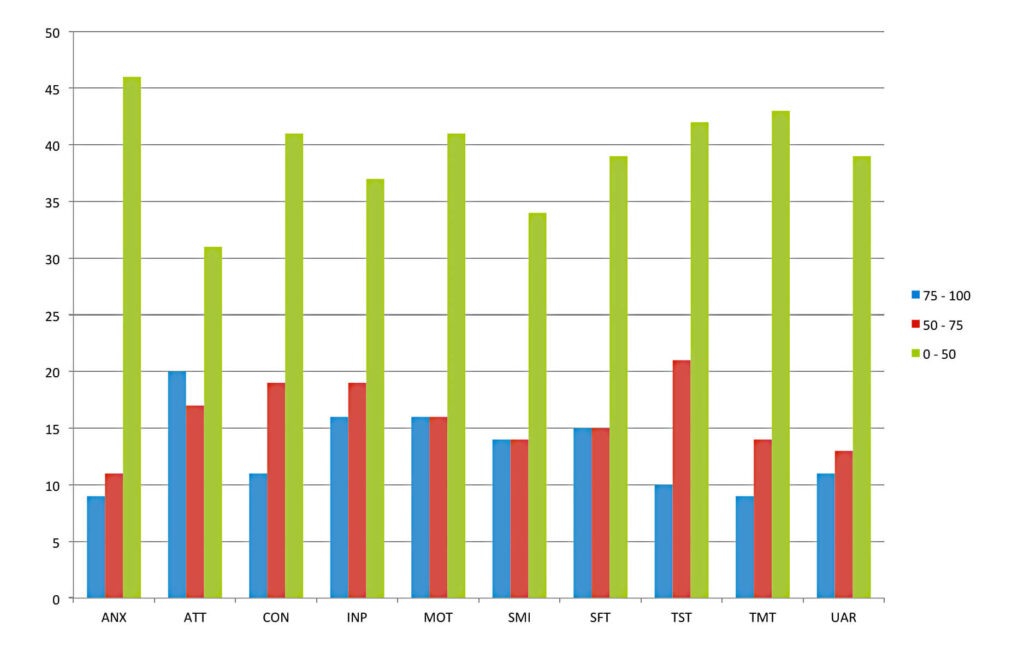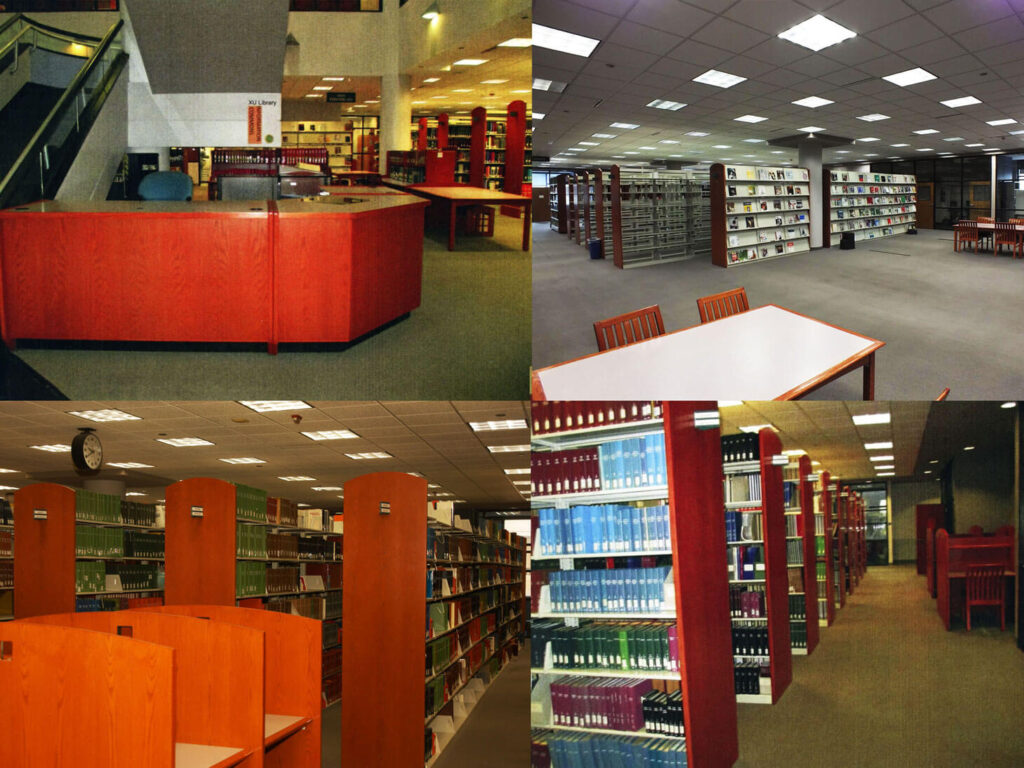Diversifying Learning Strategies to Meet Millennials Where They Learn Best
Published in:
November 18–19, 2016
Clark Atlanta University, Morehouse College, and Spelman College
Atlanta, Georgia
Introduction
Millennial students have arrived in the academy. With unique life experiences and personalities, they pursue personal development and training toward professional paths of their choice. In response, institutions wooing them devise unique methods to satisfy their diverse needs and best prepare them to access today’s world. Recognizing the chasm of difference between faculty and learners, instructors explore creative options to meet millennials where they learn. This means identifying and employing successful strategies while keeping students alert and engaged. Among these strategies is the use of teaching and assessment instruments that gauge students’ awareness of learning and study strategies. These include applications ranging from the basic syllabus to the most technologically advanced reservoirs of information gifted to students via a dynamic library.
Managing Classroom Learning Strategies
Scholars (e.g., Neil & Strauss, 2003) suggest that there are several defining characteristics of millennials. Among these are three primary indicators: 1) a desire for structure; 2) an expectation of rewards; 3) a team-oriented approach to learning. Recognizing these characteristics bodes well for instructors for whom student learning is a high priority. Providing structure requires a syllabus that is learning-centered with clear instructions and expectations, assignments specifically articulated, and a calendar with test/assignment dates highlighted. This provides a framework for student engagement in essential elements of the course. When combined with expected learning outcomes, students find it difficult not to achieve personal goals.
Since the socially active millennial finds comfort in group activity, collaborative learning and interactive teaching may encourage openness between faculty and student, while empowering the millennial to learn within and beyond the classroom. Much is gained from social learning when applied to real-world situations. In the international relations classroom, for example, assigning theoretical concepts to real-world collaborative settings makes a world of difference. Students collaborate on debate teams proposing and opposing such ideas as the value of NGOs v IGOs, climate justice, and food security. When millennials represent an adopted country at a model UN session, they revel in their agency over what they learn and share with peers and faculty.
In addition, demonstrating technological mastery in the classroom, where students create their own knowledge, contributes to the self-confidence on which millennials thrive. Faculty can use these tools to create diverse opportunities to meet millennials where they learn best, in their comfort zones, with collaborative, cooperative, and interactive modes of teaching and learning, yet guided to some extent by conventional instruction.
Engaging Assessment Strategies
To bridge the chasm of differing interests between millennials and faculty, the astute instructor seizes every opportunity to engage millennials. This requires identifying and employing successful strategies while keeping students intellectually alert. These strategies include gauging student awareness of their own learning and study methods. Faculty employ the data gained to adapt their teaching styles to better the millennial experience. At Xavier, we implement learning and strategic skills assessment tools with considerable success. The Learning and Study Strategies Inventory (LASSI) is a 10-scale, 60-item assessment of students’ learning and study strategy skill, will, and self-regulation. Success with this tool helps advisers determine students’ ability to grasp complex ideas, which, in turn, allows students to craft career futures. As reported by Pintrich and DeGroot (1990), self-regulation is essential to students’ academic success. As a screening tool, LASSI allows students to understand areas of study and learning that need improvement. This promotes self-regulation strategies that foster greater content knowledge. Employing LASSI also provides a means for instructors to examine individual students’ scores and class trends to help them decide where to place the greatest emphasis for assignments, projects, individual logs, journals, portfolios, and other class activities.

LASSI is also used by advisors to help identify areas that may perhaps hinder a student’s academic success. In the chart below, an evaluation of students not achieving the level of academic success they need yields valuable information. For example, recognizing how students relate to their peers allows instructors to help students succeed.
The chart above shows results for students experiencing academic difficulty who took the LASSI assessment. The majority were in the 0-50th percentile (indicated by the olive colored bar). This is consistent with the finding that students in academic difficulty often lack knowledge of self-regulation and do not develop successful study strategies. Given such awareness, instructors and professional advisors can help provide environments where students’ anxiety levels are curtailed, thus bettering their academic performance. Such tools can help instructors meet students where they learn best.
Showcasing a Favorable Learning Environment
The library, it is said, is the “heart of the university” and can support retention and success by understanding and responding to students’ needs. As such, it can be a favorable learning environment. Students need to feel part of a community. Research shows that providing a safe, encouraging environment is especially valuable for retention (Fraser, Shaw & Ruston, 2013). Libraries support the institution’s retention efforts by helping students to transition from their home community to an academic community and by providing spaces, resources, and services that help students experience a sense of community, both in general and within the academy.
To meet students where they learn best, spaces should be varied, with small group study spaces to accommodate active learning styles and interdisciplinary collaboration and individual study spaces for the reflective learner. A combination of tables, carrels, and comfortable seating to meet students’ needs for concentration, collaboration, contemplation, and socialization provides the flexibility that encourages diverse learning. Whiteboards also contribute to such settings. At Xavier, students often cluster around whiteboards, energetically engaged in problem solving. Observing the high-fives and elation displayed upon achieving their goals is priceless.
In order to create appropriate spaces, there is need for a smaller footprint of collections. The creation of print-free, flexible spaces, well connected with electrical outlets, satisfies this goal. At Xavier, cluttered library stacks were removed and the space repurposed (see below).


Millennials seem to enjoy natural light and a bright airy environment. Re-defining the learning environment by moving former collections against walls or to the center of rooms, and by providing strong wifi or network access, allows students to effectively use their own devices or those borrowed from the library.
One important service an institution can provide is information literacy. Xavier provides this via a creative freshman experience, which introduces students to lifelong learning skills and the development of critical thinking abilities. The library enhances education by offering 200 databases; ejournals; etextbooks; Flipster, a database of popular journals; digital archival materials; iPads; and several printed resources. Providing both hi-tech and high-touch resources, it serves as a place where information and comfort coincide, and that reflects the university’s vision of fostering active learning for the millennial. Thus, combining an understanding of millennials’ defining characteristics with the appropriate assessment tools, learning strategies, and flexible study spaces helps us meet millennials where they learn best.
References
Fraser, J., Shaw, K., & Ruston, S. (2013). Academic library collaboration in supporting students pre-induction: The head start project. New Review Of Academic Librarianship, 19(2), 125-140. Doi:10.1080/13614533.2013.800755.
Howe, N. & Strauss, W. (2003). Millennials go to college: Strategies for a new generation on campus. Alexandria, VA: American Association of Collegiate Registrars.
Murray, A. (2015). Academic libraries and high impact practices for student retention: Library Deans’ perspectives. Libraries and the Academy, 15(3): 471-487.
Pintrich, P. R., & DeGroot, E.V. (1990). Motivational and self-regulated learning components of classroom academic performance. Journal of Educational Psychology 82(1), 33-40.
Spring 2017: Teaching a New Generation of Students
